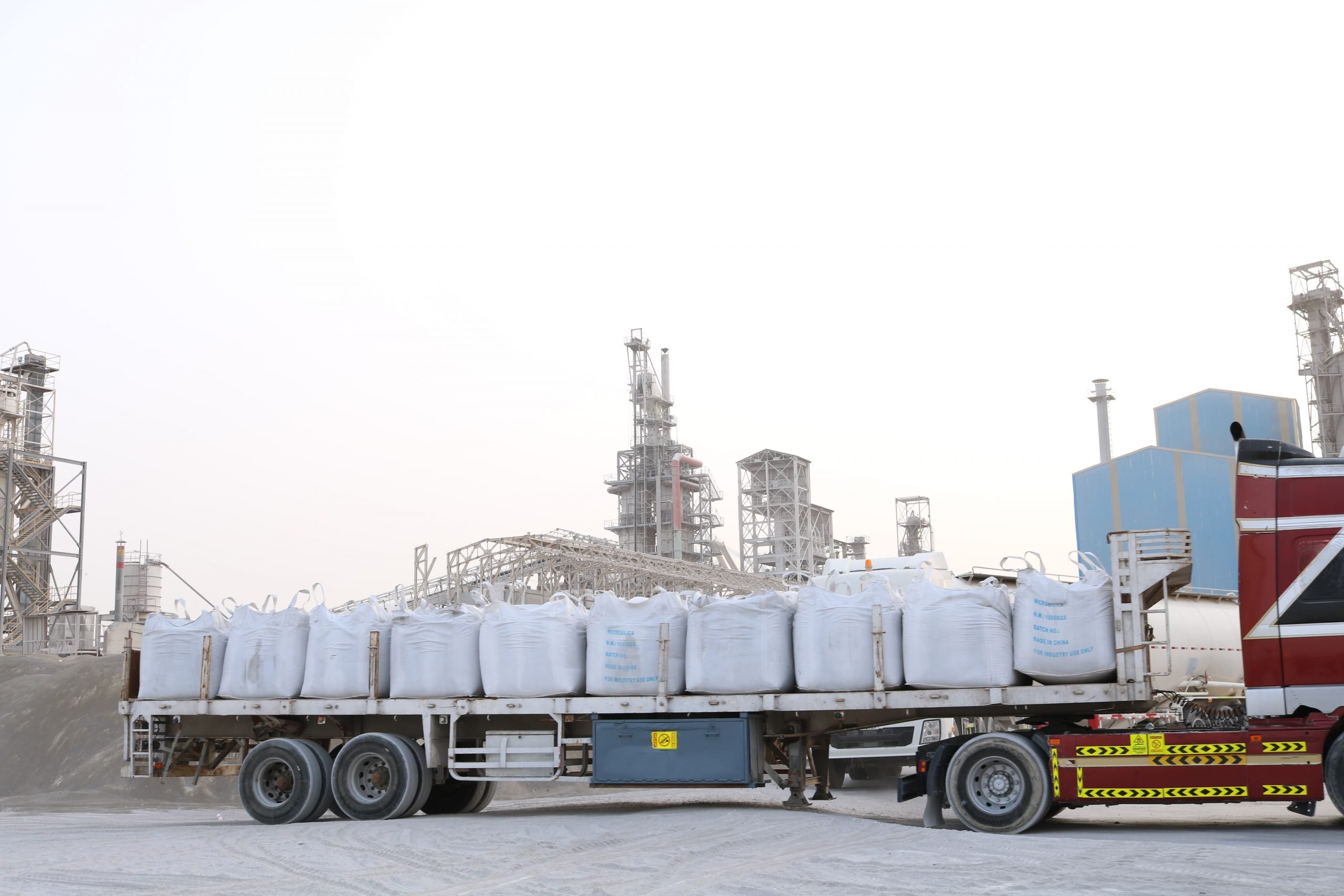Blast furnace slag is a by-product of iron manufacturing. Iron ore, coke and limestone are fed into the furnace, and the resulting molten slag floats above the molten iron at a temperature of about 1,500-1,600ºC. The molten slag has a composition of 30-40% silicon dioxide T (SiO 2) and approximately 40% CaO, close to the chemical composition of Portland cement. After the molten iron is tapped off, the remaining molten slag, which mainly consists of siliceous and aluminous residues, is then rapidly waterquenched, resulting in the formation of a glassy granulate. This glassy granulate is dried and ground to the required size and known as ground granulated blast furnace slag (GGBFS). The production of GGBFS requires little additional energy compared with the energy required for the production of Portland cement.
The replacement of Portland cement with GGBFS leads to a significant reduction of carbon dioxide gas emission. GBFS is therefore an environmentally friendly construction material which can be used to replace as much as 80% of Portland cement when used in concrete. GGBS concrete has better water impermeability characteristics as well as improved resistance to corrosion and sulphate attack. As a result, the service life of a structure is enhanced and maintenance cost is reduced. High volume eco-friendly replacement slag leads to the development of concrete which not only uses the industrial waste but also saves significant natural resources and energy. This in turn reduces the consumption of cement.
The optimum GGBFS replacement as cementation material is characterised by:
– High Comprehensive
– Strength Low heat of hydration
– Resistance to chemical attack
– Better workability
– Good Durability
– Cost-effectiveness

Sustainability It has been reported that the manufacture of one ton An Introduction to GGBFS of Portland cement requires approximately 1.5t of mineral extractions together with 5,000MJ of energy, and generates 0.95t of CO2 equivalent. As GGBFS is a by-product of iron manufacturing, it is reported that the production of one ton of GGBFS generates only about 0.07t of CO2 equivalent and consumes only about 1,300MJ of energy.


Strength
Color
Setting Time
Durability
• Disintegration due to sulphate attack
• Chloride-related corrosion of reinforcement
• Cracking caused by alkali silica reaction



